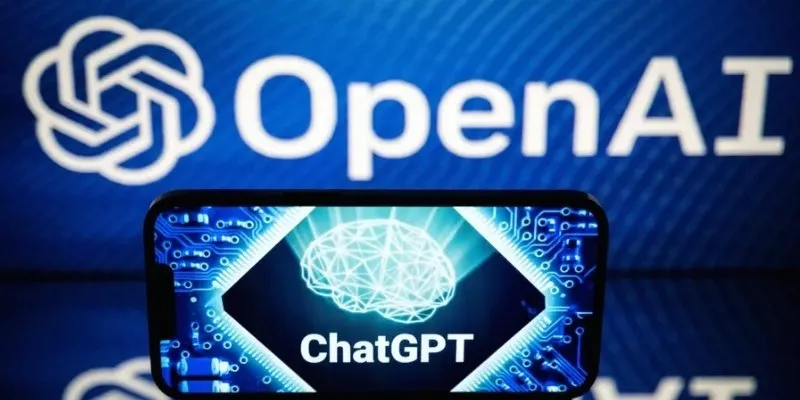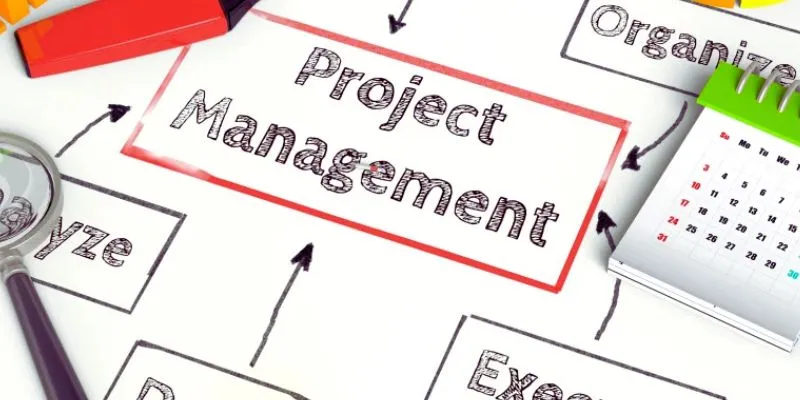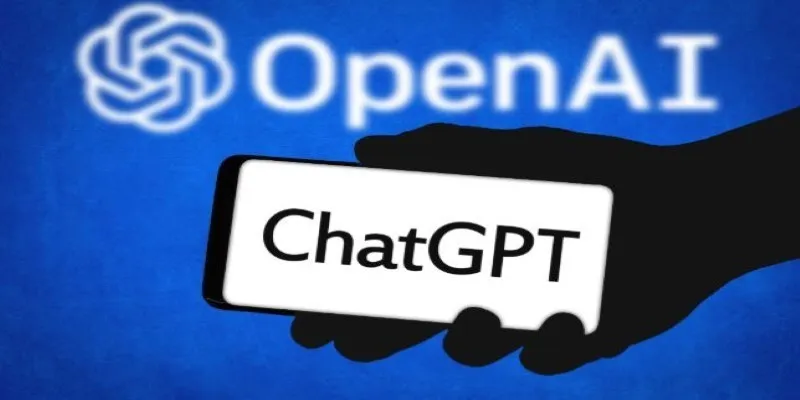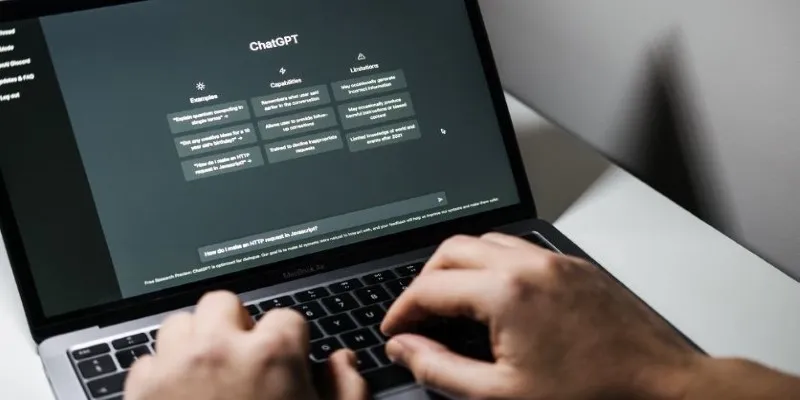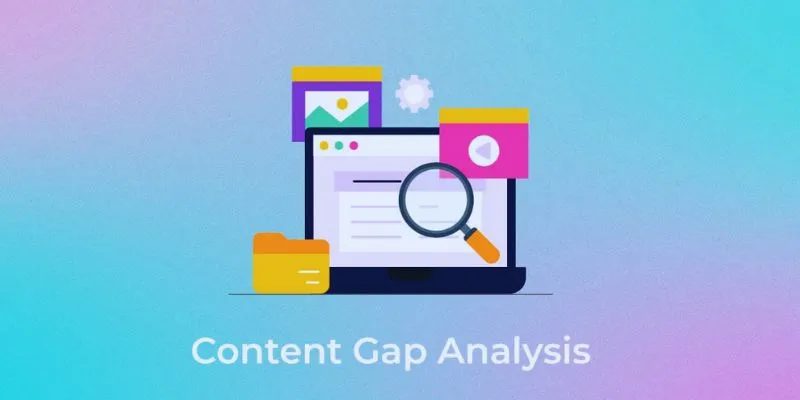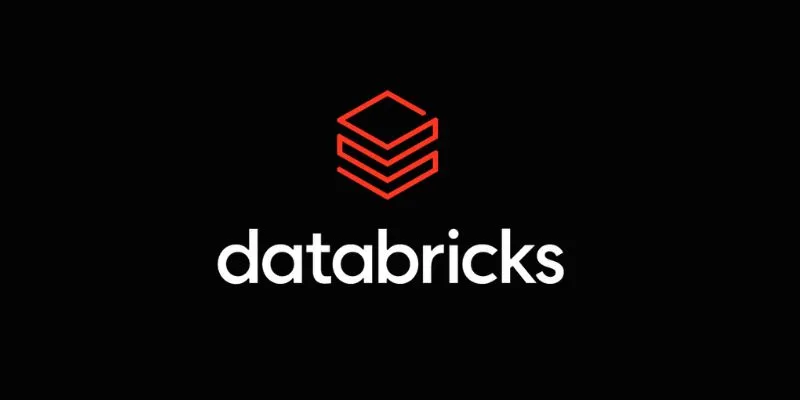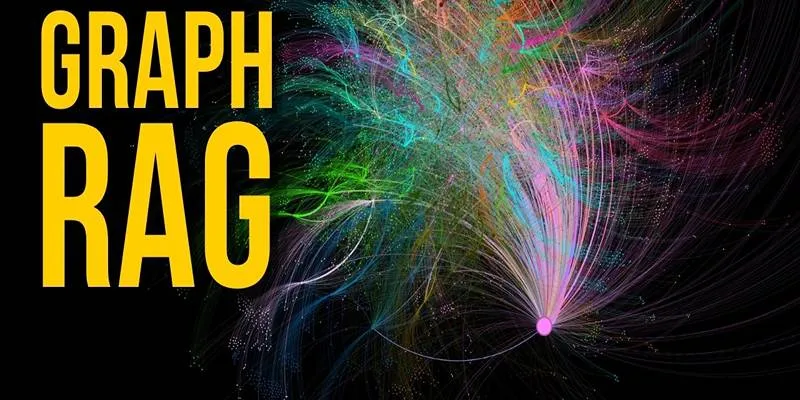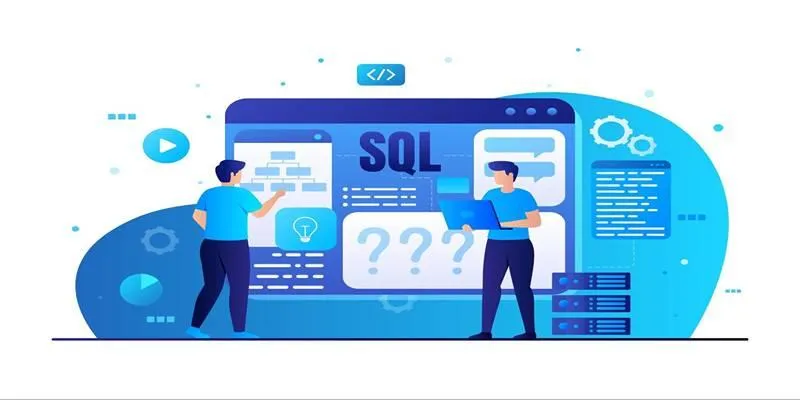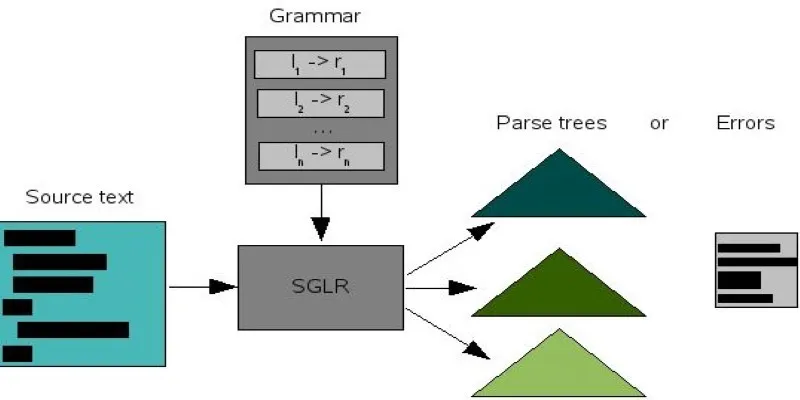Are you investing countless hours in keyword research and fine-tuning your bids, yet still finding your campaigns falling short? This struggle with keywords is not just a beginner’s hurdle—it’s a persistent challenge, even for seasoned marketers. The landscape of PPC (Pay-Per-Click) advertising has evolved. It’s no longer merely about targeting the right keywords; it’s about comprehending the people behind the searches. This is where AI becomes a game- changer—not by replacing your strategy, but by enhancing it. This isn’t about shortcuts; it’s about achieving clarity. If you’re ready to move beyond guesswork and start seeing improvements, these three steps will help you revamp your approach from the ground up.
Step 1: Leverage AI to Understand Intent, Not Just Volume
A common pitfall in keyword strategy is chasing high search volume. While impressive on spreadsheets, high volume often translates to clicks that don’t convert. The reason? Volume doesn’t always equate to relevance. AI tools, particularly those using natural language processing, can dissect the meaning behind searches at a scale that humans cannot. Rather than simply providing more keywords, these tools analyze user behavior, query patterns, and historical performance to reveal what people truly seek when they search.
You’re not just optimizing for words anymore; you’re optimizing for thoughts. AI tools can cluster search terms by intent—be it informational, transactional, or navigational. This insight allows you to distinguish between tire kickers and actual buyers. You’ll stop wasting money on generic terms and start focusing on those aligned with clear commercial interest.
For instance, if you’re advertising a home workout app, instead of broadly targeting “workout routines,” AI might guide you toward intent-rich queries like “30-day no-equipment workout challenge.” This keyword indicates intent, commitment, and urgency—qualities you desire in a potential customer.
By utilizing AI-powered tools to classify search terms this way, you’re not just adding keywords; you’re adding purpose. This doesn’t replace good judgment—it enhances it. You’re no longer reacting to data; you’re steering it.
Step 2: Feed the Machine—Then Let It Hunt
After transitioning from keyword volume to search intent, your next step is to feed your data into the AI system—but not just any data. It must be clear, structured, and meaningful. AI cannot function effectively if it’s overwhelmed with noise. Provide labeled inputs such as campaign goals, target audiences, device behavior, and conversion performance. Clean data fuels smarter predictions.

Unlike humans, AI acts in real-time. While you’re occupied analyzing why a campaign underperformed, AI is already adjusting. It identifies nuances we might overlook—like user hesitation, scroll depth, or which device triggered a click at what time of day. It tracks patterns and shifts strategies on the fly. This means no more obsessing over lagging performance reports. You’re now working with a system that adapts while the campaign runs.
Once trained, AI can adjust your bids, prioritize keywords, and rewrite ad copy based on live behavior. You’re no longer chasing insights after the fact; you’re staying ahead of them. It’s like upgrading from a rearview mirror to a dashboard camera that anticipates traffic and adjusts your route proactively.
However, this isn’t a set-it-and-forget-it solution. You still need to guide it. Review its actions, study the changes, and question why certain headlines are performing well and which terms are on the rise. AI can dig fast, but you direct the dig. Use it for the heavy lifting while you focus on strategic direction. When AI and human judgment collaborate, you stop guessing and start controlling outcomes.
Step 3: Simplify, Test, Repeat—All at Speed
AI isn’t about creating a complex tangle of experiments. It’s about achieving more with less—and doing it faster. A common mistake with AI-powered PPC is attempting too much at once. Multiple ad groups and headlines can confuse the machine and muddle the data.

The smarter approach is simplification. Focus on a few intent-driven ad groups. Test a small batch of copy variations. Keep it streamlined. Then, let AI handle the split testing and performance analysis. It will automatically rotate your ads, detect patterns, and adjust in real-time. You’re not just saving time—you’re obtaining better answers faster.
AI excels in short feedback loops. Each test becomes a learning opportunity. You’re not waiting weeks for data to mature. In days, you’ll discern what worked and what didn’t. From there, it’s rinse and repeat. Refine your message, tighten your targeting, and launch another round. With every cycle, both the machine and your results get sharper.
Here’s where AI surpasses even the most seasoned marketers: it doesn’t tire or harbor biases. It remembers every campaign, every variation, every click, and never lets emotions cloud judgment. It’s a tool that keeps improving as long as you continue feeding it quality information.
What you’re building isn’t just an optimized ad set. You’re creating a system that refines itself over time. So, if you’re struggling with keywords, stop chasing the perfect one. Develop a process that evolves. AI won’t magically fix your ads overnight, but it will transform consistent testing into long- term performance—if you let it.
Conclusion
AI isn’t here to replace smart strategy—it’s here to amplify it. If you’re struggling with keywords, stop chasing volume and start focusing on intent. Provide AI with clean, structured data, then let it refine your campaigns with real-time insights. Keep your experiments simple and swift, using AI to shorten the learning curve and enhance your targeting. This approach isn’t just about better performance—it’s about creating a sustainable system that improves over time. To truly transform your PPC strategy with AI, shift your mindset from guessing to guiding, from reacting to predicting. That’s where the real success lies.
 zfn9
zfn9
